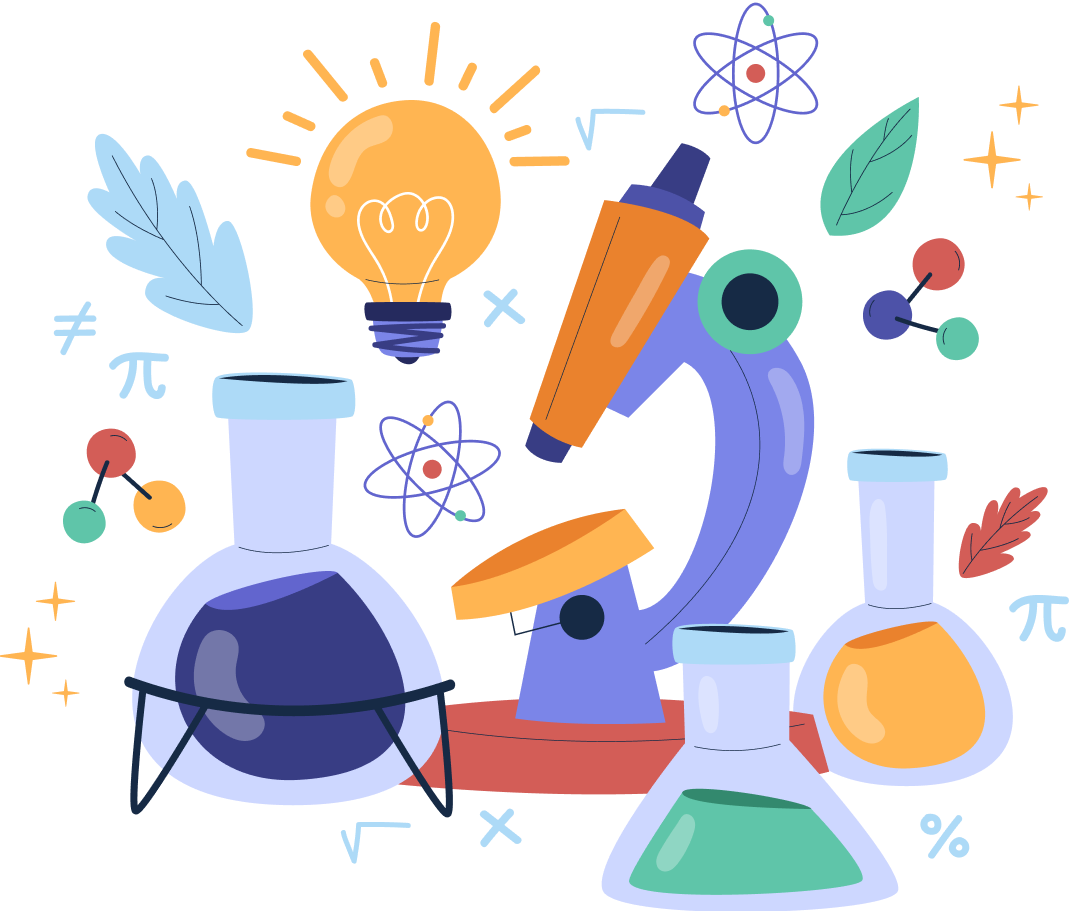Work and Energy – Complete Guide For Class 9 Science Chapter 10
Welcome to iPrep, your Learning Super App. Our learning resources for Chapter 10, “Work and Energy,” in Class 10 are designed to ensure students grasp this fundamental concept with clarity and precision. We provide a range of tools to facilitate a deep understanding of work, energy, and their interrelationship. Our resources include interactive simulations, clear explanations, and practical examples to illustrate key principles. Students will explore topics such as different forms of energy, the work-energy theorem, and the conservation of energy. By engaging with these materials, students will build a solid foundation in these core concepts, essential for further studies in physics and real-world applications.
The concept of “Work and Energy” in Class 9 delves into the foundational principles of how gravitational forces influence the behavior of objects and celestial bodies. It introduces students to the fundamental idea that every object in the universe attracts every other object with a force known as gravity. The chapter explores how this force explains the falling of objects, the orbits of planets and moons, and the variations in weight depending on location. By studying Newton’s laws of motion and the universal law of gravitation, students gain a comprehensive understanding of how gravity impacts both terrestrial and celestial phenomena, setting the stage for more advanced concepts in physics.
Work and Energy
In our daily lives, work and energy are the driving force behind every action we perform, from running and playing to writing and learning. Understanding how work and energy are interconnected provides insight into the principles governing these fundamental concepts. This guide offers a detailed look into the physics of work and energy, essential topics covered in Chapter 10 of Class 9 Science.
What is Work?
As stated in the chapter Work and Energy, In everyday language, we might refer to a variety of activities as “work.” However, in physics, the definition is more precise. Work is said to be done when a force acts on an object and causes it to move a certain distance. The equation for work is given by:
W=F.d

Here, work is measured in joules (J), and it is a scalar quantity. Notably, if there is no displacement, or if the force is zero, no work is done. For example, pushing a stationary wall involves applying force, but since the wall does not move, no work is done.
Types of Work
Work can be positive, negative, or zero, depending on the direction of the force relative to the displacement:
- Positive Work: When the angle between the force and displacement is acute, such as in the case of gravity acting on a falling object.
- Negative Work: When the angle is obtuse, such as when gravity acts against an object moving upward.

- Zero Work: Occurs when the force and displacement are perpendicular, as seen when a coolie carries a load horizontally.

Understanding Energy
Energy is the ability to perform work. It comes in various forms, including potential energy, kinetic energy, heat energy, and more. The unit of energy is the same as work – the joule (J). Higher units of energy include kilojoules (kJ), where 1 kJ equals 1000 J.
Forms of Energy
- Potential Energy: The energy an object possesses due to its position, such as water stored in a dam.
- Kinetic Energy: The energy of motion, exemplified by a moving car or a running child. It is calculated using the formula:
- Heat Energy: Produced by heat, such as in the burning of coal.
- Light Energy: Emitted by sources like the sun and light bulbs.
- Sound Energy: Generated by vibrating objects, like musical instruments.
- Electrical Energy: The energy carried by electric current, as seen in household appliances.
Potential vs. Kinetic Energy
Potential energy is associated with an object’s position or configuration, while kinetic energy relates to its motion. For example, a ball held at a height has gravitational potential energy, which converts to kinetic energy as it falls.

Conservation of Energy
A fundamental principle in physics is that energy cannot be created or destroyed; it only changes forms. This is known as the law of conservation of energy. For instance, as a ball falls, its potential energy decreases while its kinetic energy increases, but the total energy remains constant.

Power
Power measures the rate at which work is done or energy is transferred. It is defined as:
Power(P) = Work(W)/Time(t)
The unit of power is the watt (W), where 1 watt equals 1 joule per second. Kilowatts (kW) and kilowatt-hours (kWh) are commonly used in commercial contexts. For example, 1 kWh represents the energy used by a 1000-watt appliance running for one hour.
This comprehensive guide on “Work and Energy” provides a deep understanding of how these fundamental concepts shape our interactions with the physical world. By exploring the principles of work, energy, and their various forms, we gain insight into the mechanisms behind everyday phenomena—from the simplest tasks to complex processes. Whether it’s understanding the energy transformation during a fall, the power of moving objects, or the efficiency of machines, grasping these concepts is essential for both scientific inquiry and practical applications. This guide not only clarifies the theoretical aspects but also connects them with real-world examples, enhancing our appreciation of the forces that drive and influence our daily lives.
Practice questions on Chapter 10 - Work and Energy
Get your free Chapter 10 - Work and Energy practice quiz of 20+ questions & detailed solutions
Practice Now








